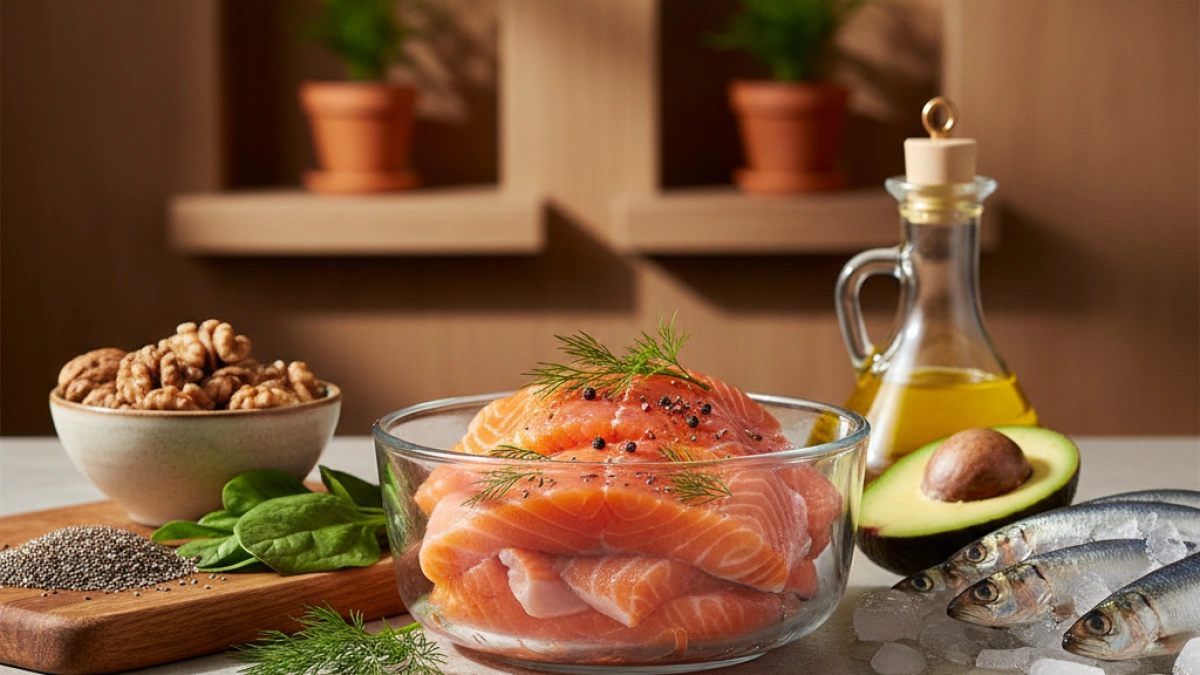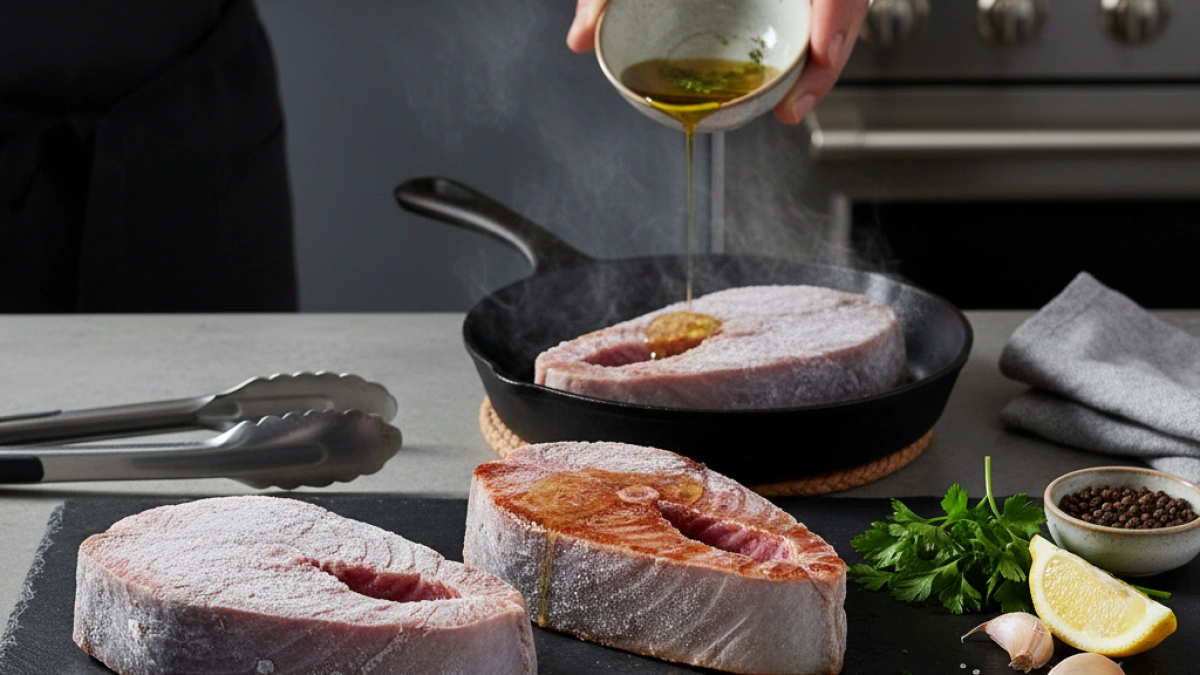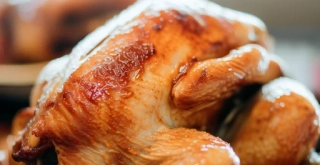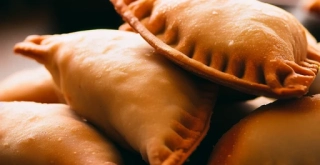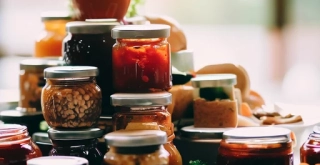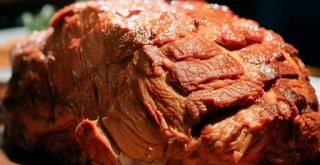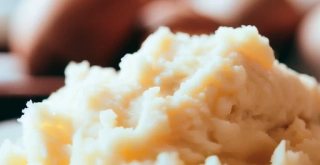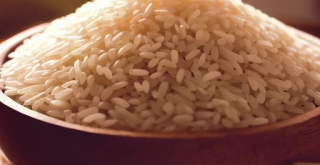How to properly and safely freeze raw salmon

Freezing raw salmon is an excellent way to extend its freshness and enjoy this delicious fish in various preparations. However, it is essential to follow certain steps to ensure that the process is safe and to maintain its quality. Below, I share a complete guide on how to do it correctly.
Pre-freezing Preparation
Before proceeding to freeze the salmon, it is crucial to ensure that the fish is of the best quality. Fresh salmon should have a vibrant color, a firm texture, and a light sea smell. If you purchase salmon from a market or supermarket, always choose an option that is well-preserved.
Freshness Check
Before freezing, check the expiration date. If the salmon has been in the refrigerator for more than two days, it is advisable not to use it. Additionally, check for any spots or a strong odor, which may indicate that the fish is not in good condition.
Cleaning and Preparing the Salmon
Once you have verified that the salmon is fresh, it's time to prepare it for freezing.
Cleaning the Salmon
Wash the salmon with cold water to remove any impurities. Pat it dry with paper towels to remove excess moisture, as this will help prevent ice crystal formation.
Appropriate Portions
Cut the salmon into portions that you would normally use for cooking. This will be more practical when thawing, avoiding the need to refreeze pieces that you didn’t use.
Packing the Salmon Before Freezing
Packing is a crucial step in maintaining the quality of the salmon during freezing.
Use of Airtight Containers
Place each piece of salmon in an airtight container. If you don’t have containers, you can use freezer bags. Make sure to remove as much air as possible, as this will help prevent freezer burn.
Labeling the Containers
Don’t forget to label each container or bag with the freezing date. This will help you keep track of how long the salmon has been frozen.
Freezing the Salmon
Once you have everything packed, it’s time to place the salmon in the freezer.
Appropriate Temperature
Make sure your freezer is set to a temperature of -18 ºC (0 ºF) or lower. This is important to maintain the quality and safety of the fish.
Safe Thawing
When you’re ready to enjoy the salmon, it’s important to thaw it safely.
Thawing Methods
The safest way to thaw salmon is to place it in the refrigerator for several hours or overnight. Alternatively, you can use the microwave, but be sure to cook it immediately after thawing. Avoid leaving the salmon at room temperature, as this can promote bacterial growth.
Conclusion
Freezing raw salmon is a straightforward process if you follow the correct steps. From choosing a good fish to safe thawing, every detail counts to enjoy this nutritious food without risks.
I invite you to continue exploring more news and useful information on my blog, where I keep sharing practical tips for a better culinary experience. Don’t miss it!

